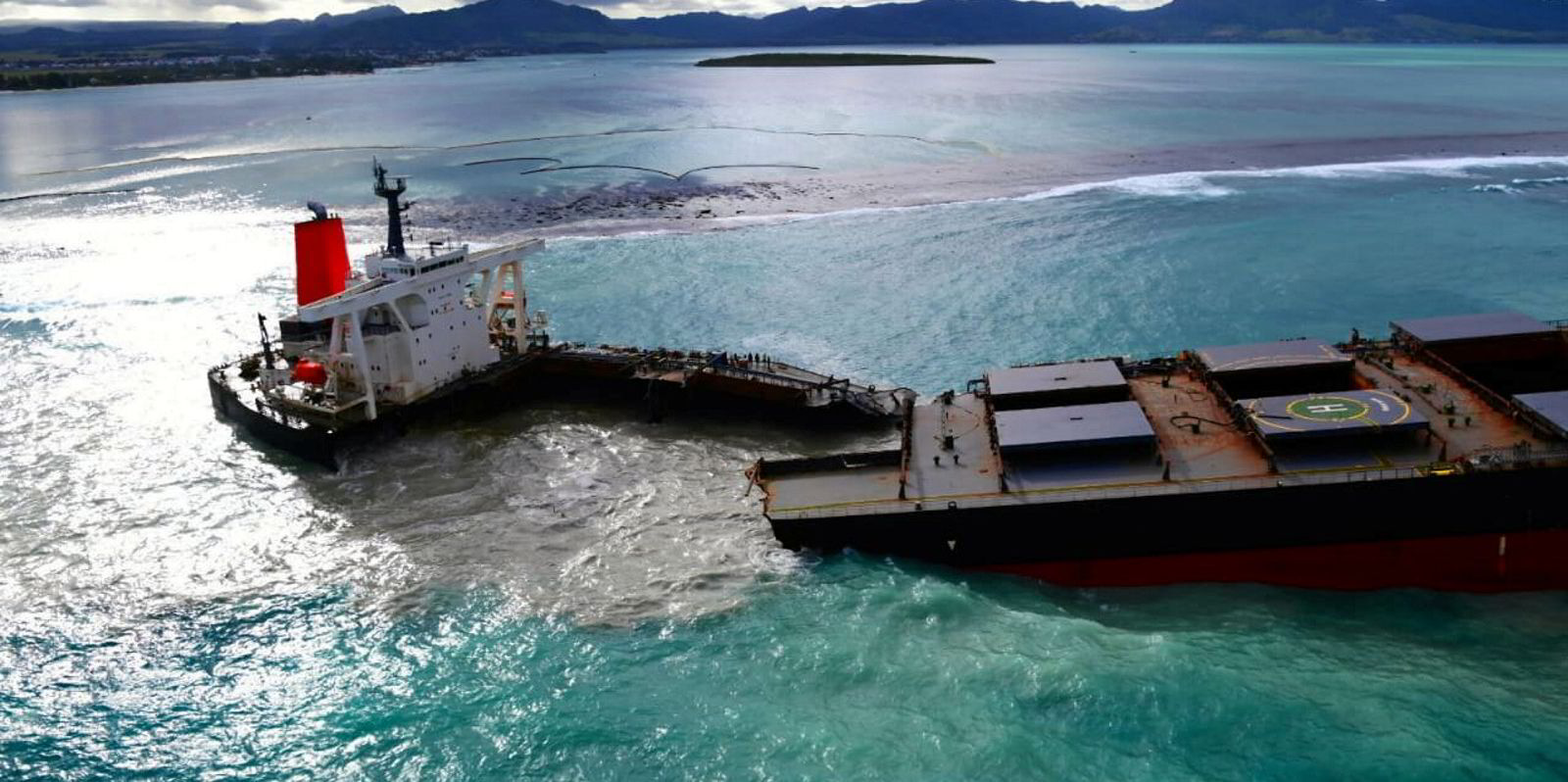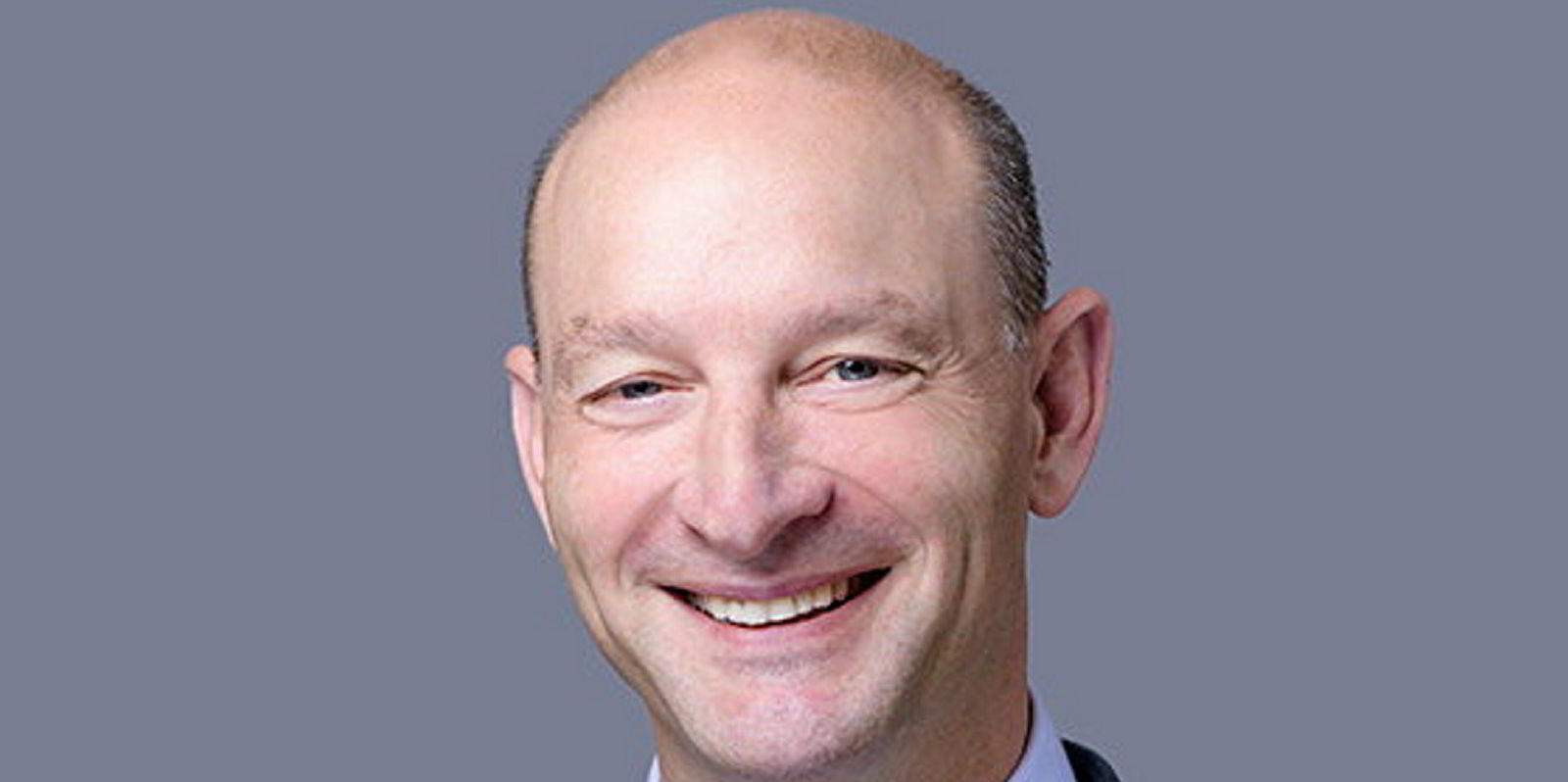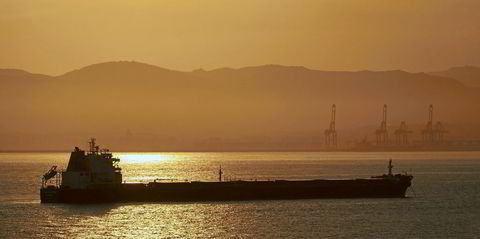Insurance broker Lockton Marine is predicting a two-tier protection and indemnity market could be in the making if the trend towards consolidation in the sector continues.
Commenting in its recent P&I report on speculation that the upcoming merger of the Standard Club and North P&I Club is about to trigger further consolidation, Lockton said the conditions could be right for a new breed of “super clubs” to emerge.
According to Lockton’s figures, there is already a huge disparity between the wealth of the clubs ranging from the American Club with free reserves of $83m, at the end of the last policy year, and Gard with more than $1.2bn in the bank.
The ability to cut reinsurance costs below the existing arrangement with the International Group will be a key benefit for the financially stronger merged clubs.
“Rumours speculate that many of the clubs are in open discussion, in order to keep up with the development of super clubs that could arguably create their own reinsurance programme that rivals that of the International Group,” Lockton said.
“Could this eventually lead to a two-tiered system of P&I providers, one for those that merged and another for those that favoured independence and a minority share of the market? With the growing differential between size and solvency across the clubs, it is possible.”
Alexander Gray, head of marine P&I at Lockton Singapore, said diversification can also play a part in the widening gulf between clubs.
“There could be one tier for those that have merged and turned into diversified portfolios and those that either have not consolidated or not had the financial performance to embark on diversification,” he said.
Lockton is generally in favour of the move towards consolidation in P&I, arguing that the result should be better service, pricing and solvency levels for the clubs.
It could hardly be against it, having been on the consolidation trail itself in the marine insurance broking sector over recent years.
It has acquired Italy’s PL Ferrari, Turkey’s Omni and Norway’s Edge.
All three brand names now operate under the newly formed Lockton Marine umbrella, along with a fresh hull and machinery broking business, headed by Alistair Rivers.

Collecting critical data that will help shipowners decide which P&I club they would like to place their business is a key part of the broker’s strategy.
“What we are trying to do is give a realistic sense of what is going on in the market,” Gray said.
At the moment, all the data is pointing to another year of rate rises — even though the clubs’ underwriting performance has improved, their investments are down and inflation is bound to start affecting the cost of claims.
But Gray believes that the hardening market will eventually run out of steam.
“We are expecting another bad year in terms of increasing rates and, depending on investment returns and other factors, that may continue for another 12 months,” Gray said. “If the claims performance continues as it has this year and isn’t the anomaly that some clubs claim it is, then there is light at the end of the tunnel.”
Are shipowners buying into the argument that the P&I clubs’ finances are under stress because of the poor performance of their investments and more premium is required?
“Our view is that a lot of the negative investment returns have been due to bonds which are fixed. As and when they mature, that should be rectified, with very little intervention whatsoever,” Gray said.
“Most of our clients seem to be relaxed about investment returns, but they don’t see it as an argument for whether premium levels should go up or down, and the reason is those free reserves are managed by the club, so if the managers of the club have not been able to handle the investments, then it should not be down to the shipowner to make up for that,” Gray said.






